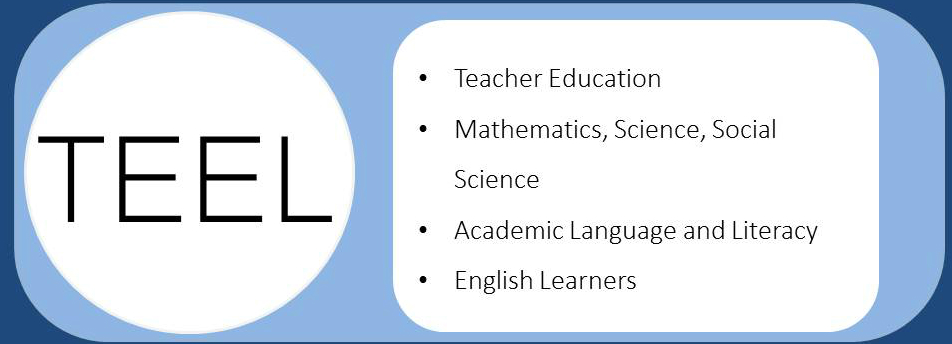English Language and Literacy Integration in Subject Areas (ELLISA) Project
Strategies for Integrating Language and Literacy in Subject-Area Instruction
Observation Guide: Take notes on practices that you observe.
|
Promote Academic Discourse (DISCOURSE) • Model discourse patterns such as recounting, hypothesizing, and explaining. • Ask students to communicate their ideas and thinking about concepts, especially claims, evidence, and reasoning. • Provide students with feedback on their use of academic language. • Re-voice or restate student contributions using subject-area-specific discourse patterns. • Ask students questions that are intended to stimulate thinking and reasoning. • Encourage students to respond directly to each other’s statements and claims. • Ask students to restate, affirm and/or critique others’ assertions, claims, evidence, and/or reasoning. |
|
Support Literacy Development (LITERACY) • Assign tasks that involve subject-area-specific literacy skills (e.g., expository writing, measuring, using instruments and tools, recording observations, making tables and charts, interpreting or drawing diagrams, reading primary-source documents, etc.). • Explain expectations of literacy tasks and provide clear instruction about how to successfully accomplish the tasks. • Provide students with feedback on their use of subject-area-specific literacy practices. • Provide vocabulary instruction on key terms and concepts. • Use key subject-area-specific terms throughout the lesson. • Give students opportunities to use key words in writing or talk. |
|
Scaffold Language and Content (SCAFFOLDING) • Modify talk (e.g., repetition, wait time, proper enunciation, rate of speech, rephrasing, L1 use) that facilitates student understanding of instruction • Pay explicit attention to language issues that might be confusing or difficult (e.g., multiplemeaning words, figurative language, idioms, and grammatical structures) • Provide supports such as sentence frames, word walls, glossaries, graphic organizers, outlines, and reading guides • Utilize visual representations, physical manipulatives, models and realia • Use gestures, multimedia resources, demonstrations and kinesthetic movements |
|
Contextualize Learning (CONTEXTUALIZATION) • Anticipate and elicit students’ experiences from home, community or other out-ofschool related to the topic being studied • Make public students’ prior knowledge and thinking about the lesson topic • Connect the lesson topic to local physical; geographic; economic, ecological, political, social, or other conditions • Link the lesson topic to issues and challenges faced locally, statewide or nationally and/or ones that students have personal experience with • Engage students in problem and projectbased learning tasks and assignments |
